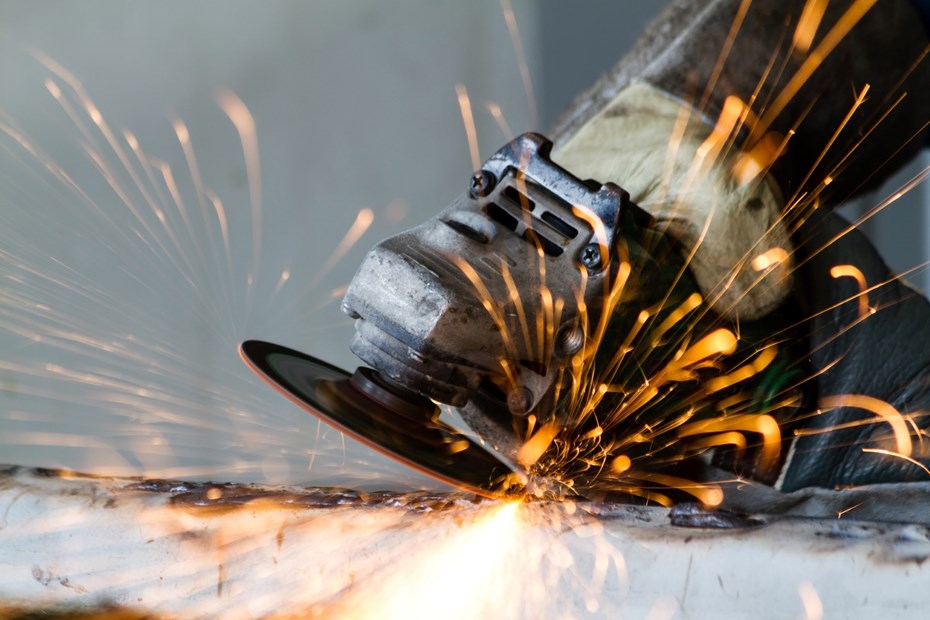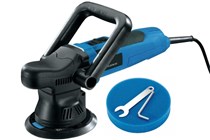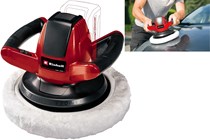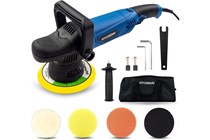Professionals have their armouries of tools for specific jobs for good reason. DIYers only use a few tools frequently, leaving more specialist ones to sit idle for long periods of time, hardly generating their money’s worth. It’s a dilemma that presents itself when polishing a car – do you buy a specialist polishing machine or make do with the angle grinder that’s already on the shelf?
An angle grinder is certainly a very versatile tool, but is it really up to the rather delicate job of bringing a sheen to your car’s bodywork? That’s the question we’re going to answer here, and hopefully along the way you’ll pick up some tips for making your car gleam as brightly as the day it left the factory.
What is an angle grinder used for on cars?
An angle grinder is primarily used for cutting through or grinding away metal. When working on a car, you might use one to cut out a seized bolt or grind away a patch of rust. Angle grinders come in a range of sizes. Smaller ones take a 100mm diameter disc, the biggest can accommodate a disc of well over over 200mm.
Turn the grinder on and the disc – or whatever attachment is being used – rotates in a single direction at high speed. Some angle grinders have variable speed settings, more basic ones don’t. They’re certainly a useful tool to have around if you’re looking after your own car.
What’s the difference between a buffer and a grinder?
There are two forms of polishing machine, also known as a buffer: rotary and dual-action. Rotary polishers operate in exactly the same way as an angle grinder, spinning a polishing pad, but at lower speed.
Dual-action polishers make random orbital movements, like an orbital sander. But, again, they operate at lower speeds.
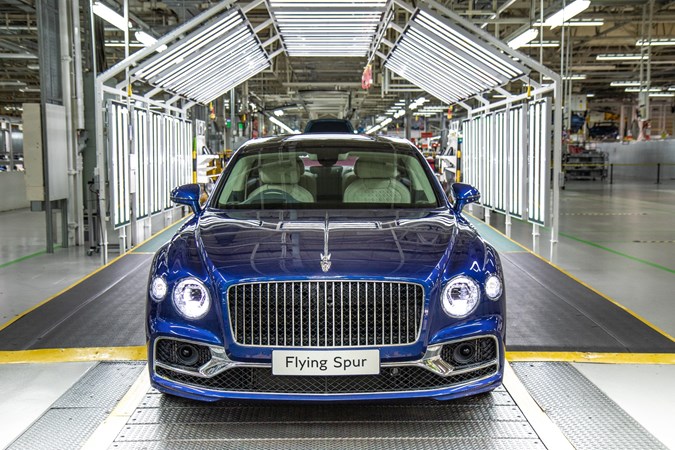
The question of polishing and buffing
Polishers aren’t as powerful or rotate as fast as angle grinders because they aren’t designed to cut or grind. Polishing and buffing demand delicacy to prevent damage to the car’s clearcoat through heat build-up. Fast-spinning angle grinders and rotary polishing machines can easily cause damage to a car’s paintwork because of this. This just goes to show how careful you would need to be with a faster-spinning angle grinder.
Therefore, extreme care is needed when using rotary tools for polishing or buffing. By contrast, dual-action polishers are better at dissipating heat and are very easy to use, even for novices. If you do want to use an angle grinder for polishing or buffing it must have variable speed, operating at less than 3000rpm.
What not to do with an angle grinder
Angle grinders are only designed for cutting and grinding through metal – or very hard plastic if you use a lower speed setting. Any other use is ill-advised at best, and dangerous at worst.
Always make sure you use the right cutting/grinding disc for the material you’re working with, and do this in a well ventilated area. Wear a face mask and safety glasses to protect yourself from fumes and debris. If you’re working with metal, make sure there’s nothing flammable nearby that sparks can ignite. But have a fire extinguisher to hand just in case.
Ultimately, we don’t recommend using an angle grinder for car detailing. They’re liable to cause more issues than they solve. There is nothing wrong with polishing and waxing your car by hand, and if you do want to use a power tool, there are some excellent, inexpensive dual action polishers around.
What are the advantages of a dual action polisher?
A dual action polisher can be a great addition to your toolkit if you’re looking for a power tool to regularly maintain your paintwork and remove a few swirls and light scratches. Plus, you don’t have to be super experienced detailer to use on, and there are affordable machine polishers on the market. That being said, we wouldn’t recommend picking up any tool with little to no experience, this includes powerful polishing machines, let alone angle grinders.
Dual action polishers reduce the chances of burning through your vehicles paint or adding holograms (polishing strips) to it. That being said if you have some stubborn marks or more severe damage to your car a rotary polisher is probably more suitable. A rotary polisher generates more heat in a concentrated spot and can therefore remove harsh scratches or marks easier than a dual polisher.
But we wouldn’t recommend arming yourself with a rotary polisher if you are a amateur, as the chances of burning through the paintwork if used incorrectly are much higher.
Sign up to the Parkers Newsletter to keep up to date with more of the latest reviews, news, and recommendations from the Parkers team.
Just so you know, we may receive a commission or other compensation from the links on this website - read why you should trust us.


